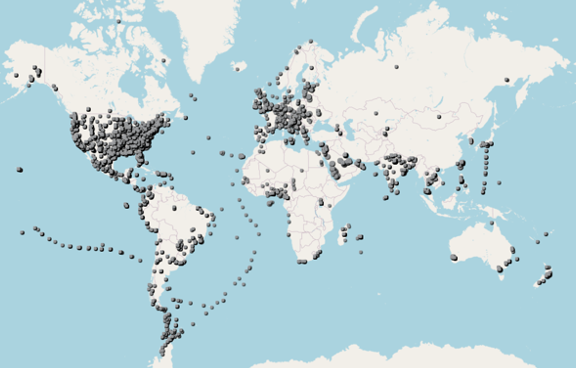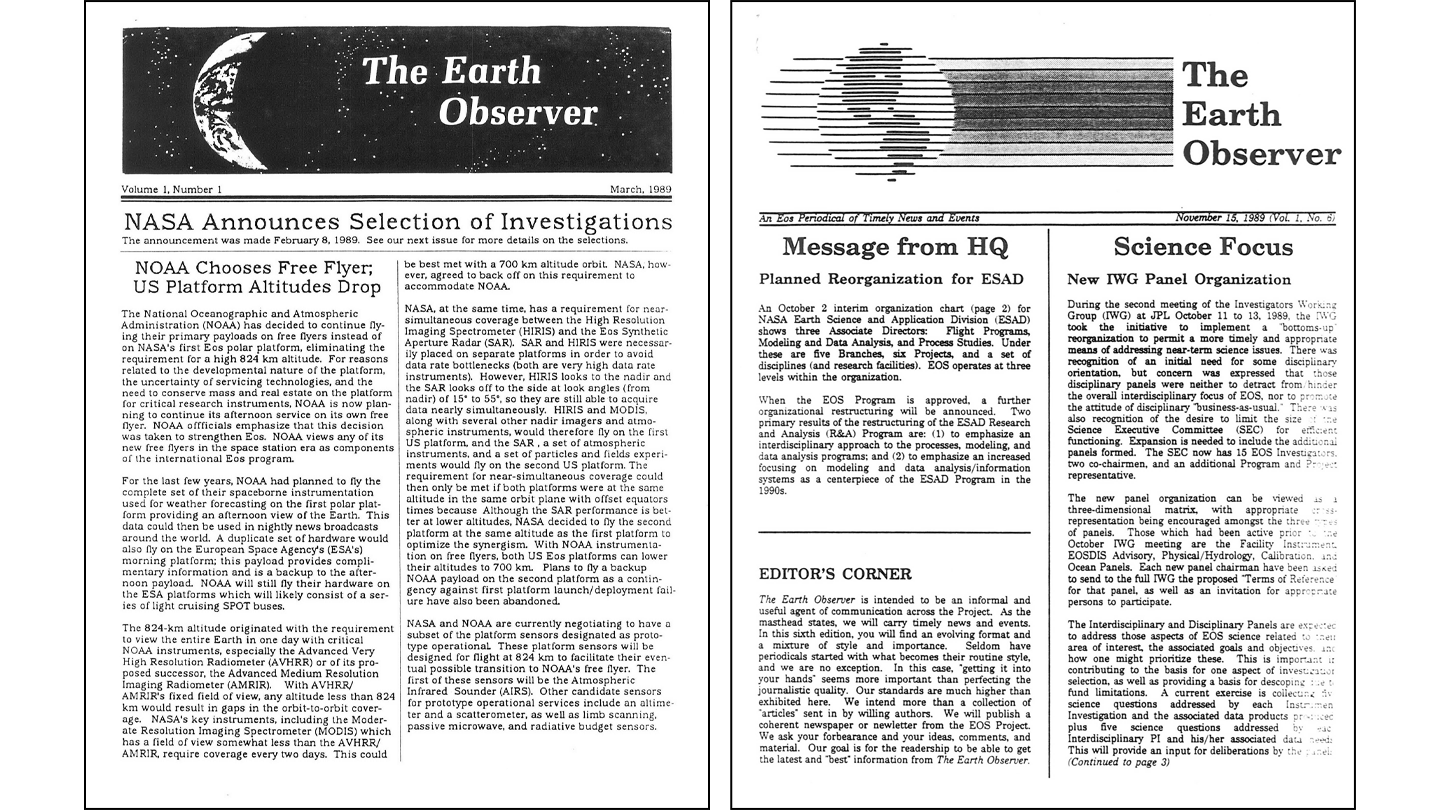GLOBE Observer, the mobile app of the Global Learning and Observation to Benefit the Environment (GLOBE) Program, gives anyone who wants to (in 120+ GLOBE countries) the opportunity to do NASA science by making environmental observations that complement NASA satellite observations and help scientists study Earth and the global environment.
Between 15 March and 15 April, 2024, volunteers from over 90 countries participated in the GLOBE Eclipse Challenge: Clouds on Our Solar Powered Earth. Participants collected more than 23,000 GLOBE Clouds observations, which matched up with 25,444 satellite observations. Volunteers in the United States alone submitted 13,900+ cloud observations, making it the most active country in the challenge. Saudi Arabia, Croatia, Israel, Mexico, and Thailand were the next most active countries.
The challenge focused on documenting changing cloud conditions at different times of the day, from day to day and during an eclipse. This challenge also provides a longer-term comparison data set to the observations submitted during the 2018 Spring Clouds Challenge, which also took place from 15 March to 15 April. This matching time frame will allow scientists and others (such as students) to examine change across years. Data from both challenges are available on the GLOBE Observer Clouds data page.
During the challenge, the GLOBE Observer team produced a series of short videos in both English and Spanish that highlighted cloud science and data collection. Videos featured NASA scientists Dr. Brant Dodson, Dr. Patrick Taylor, and providing Spanish translation, Dr. Sergio Sejas. All of the videos were shared across NASA Facebook and Instagram platforms including NASA Earth, NASA Español, NASA Climate, and NASA Langley. Dr Brad Hegyi also contributed to a GLOBE blog post, published in English and Spanish, about the NASA Prediction of Worldwide Energy Resources (POWER) project.
A lot of collaboration went into spreading the news about the GLOBE Eclipse Challenge. NASA shared on Instagram, Snapchat, and Facebook; the NASA Express Newsletter shared the challenge with more than one million educators. Additionally, external news organizations reported on the challenge. In all, 35 communication products shared information about the challenge, less than half of which originated with the GLOBE Observer team. These messages reached more than three million people, with the actual reach far greater. (Additional products focused solely on the eclipse without mentioning the challenge and are not listed here.)
Those who participated in the challenge can download a certificate in English or Spanish on the Eclipse Challenge webpage. The pdf certificate is formatted so that individuals can add their name after downloading the file.
GLOBE Observer is part of the NASA Earth Science Education Collaborative (NESEC), which is supported by NASA under cooperative agreement award number NNX16AE28A and is part of NASA’s Science Activation Portfolio.



































